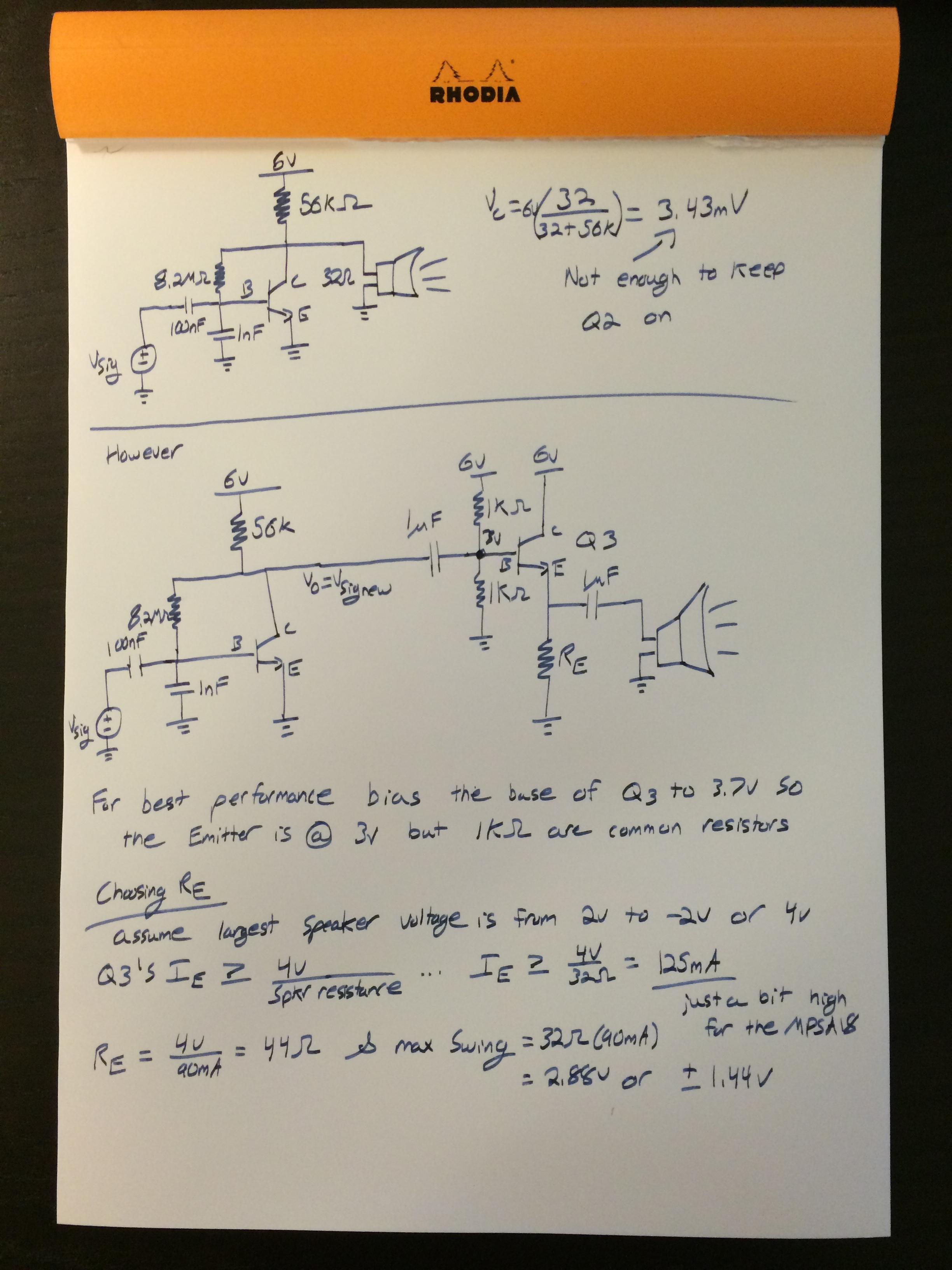I'm making this circuit:

(source: vk2zay.net)
where X1 is a piezoelectric speaker or ear piece. However, the only kinds of speakers I can get in time to finish this project are electromagnetic ones (we found one in a Father's Day card, and another from a radioshack project).
The page here that explains the circuit makes it seem like the piezoelectric speaker is required, but is there a way that I can modify this circuit to use an electromagnetic speaker instead of a piezoelectric one?

